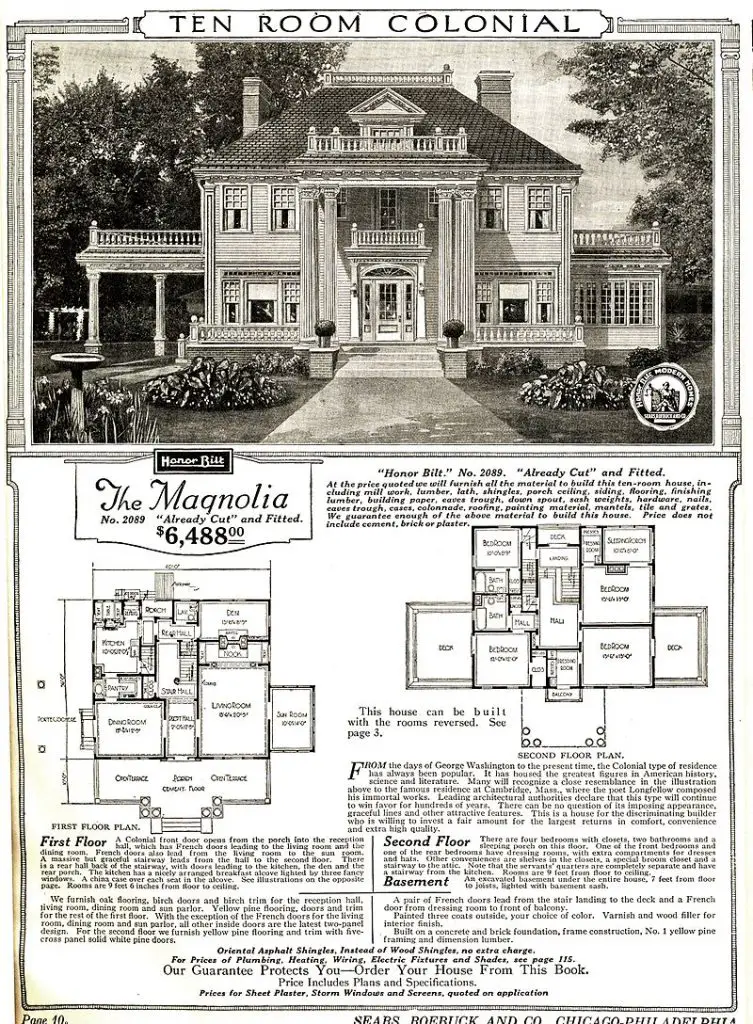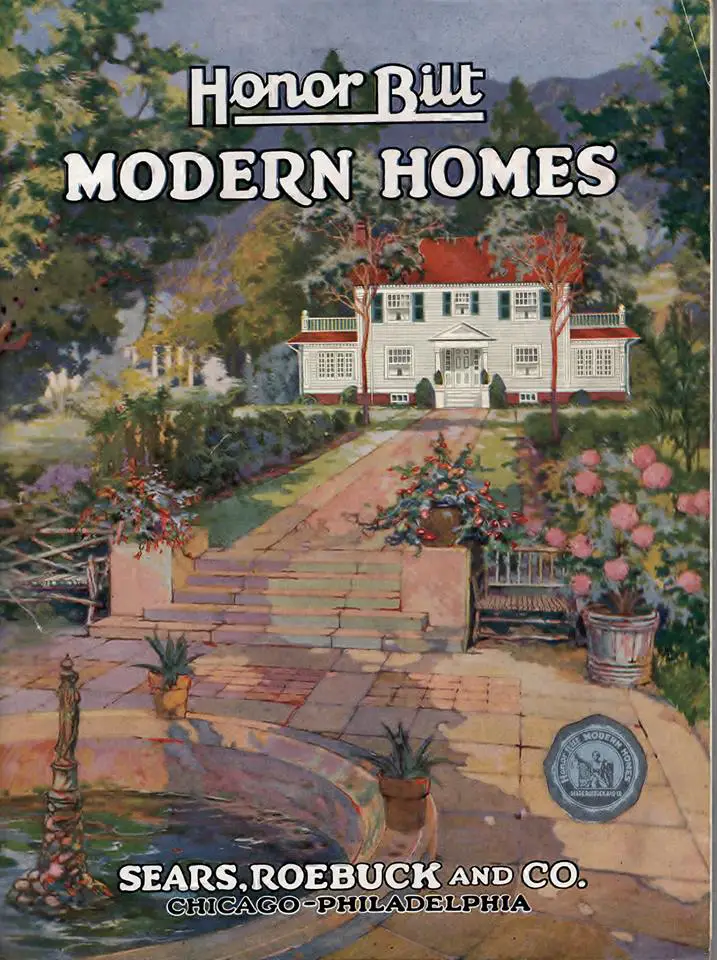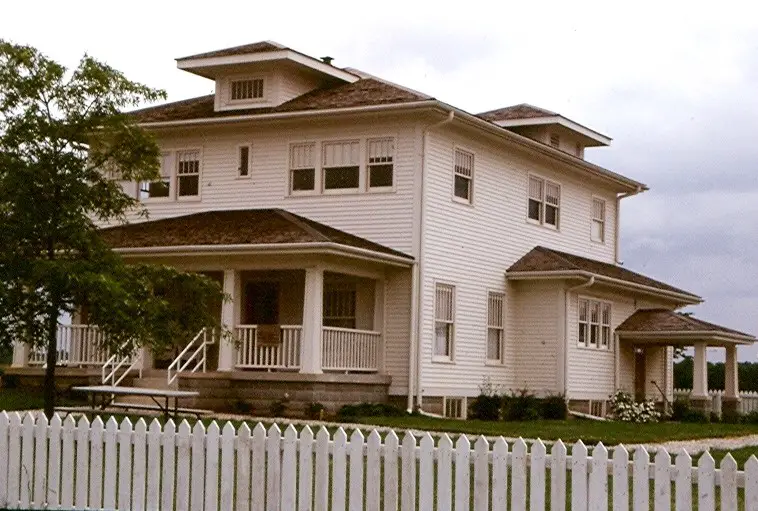You know, haunted houses come in all sorts of shapes and sizes, each with its own unique story. But let me tell you about this one from New Mexico that’s been around since the 1920s – it’s quite intriguing. At first glance, it might seem like any other old house, but there’s a twist.
Believe it or not, it was actually built from a DIY kit. Yep, the Ayers family, who owned this house near Estancia, New Mexico, stopped using it about twenty years ago. The one to share this interesting tidbit was Fred Ayers, who happens to be a lawyer.
Nowadays, the property is just hanging out, with animals grazing around it. But what’s caught people’s attention are its eerie vibes. You see, for years, there have been stories floating around that the spirits of the previous residents haven’t quite moved on from this rundown house. There’s even been a neighbor who claimed they saw “ghosts at the window,” as reported in a recent KSN broadcast. And the fact that there’s no door just makes the dark interior even more mysterious.

With all these spooky elements, especially around the time of Halloween, it’s no wonder the house has gained a reputation for being quite creepy. Interestingly, it seems to attract more curious visitors than actual ghosts. People from all over New Mexico come to take pictures of this local legend that essentially came in a box.
What’s truly remarkable is that the house is still standing. Back in the day, companies like Sears, Roebuck & Co. were big players in providing DIY houses. Between 1908 and 1940, they sold around 75,000 of these DIY homes. And it’s believed that the Ayers house falls into that category.

Sears offered a whopping 447 different types of homes during that time, from the grand Ivanhoe with its fancy French doors and art glass windows, to the cozier Goldenrod, a three-room cottage without a bathroom that was perfect for summer vacations.
Back then, customers could even send in their own design ideas to Sears to create their dream home. It’s a far cry from today’s home design process, where professionals often dictate the plans. These houses could be ordered by mail and shipped by train. You could hire craftsmen to build it, or even put it together yourself. Once it was up, you could enjoy all the modern comforts like electricity and central heating.

Sears was clever enough to offer different tiers of houses depending on your budget. The top tier was “Honor Bilt,” which boasted impressive features like cypress siding and cedar shingles. Then there were the more basic “Standard Built” versions, perfect for those who didn’t want to be bundled up in sweaters all day. And for those looking for a simple summer retreat, there was the “Simplex Sectional.”
These houses had names like “The Castleton,” which could set you back anywhere from $934 to over $2,000, “The Hathaway” ranging from $1,196 to $1,970, and the modest “Rosita” priced between $314 and $875.

While we might not know exactly how the spooky Ayers house came to be, there are telltale signs that indicate if a house was one of Sears, Roebuck & Co.’s creations. The Arts & Crafts Society’s website has a nifty guide from 2007 that points out features like “stamped lumber on exposed beams/joists/rafters in the basement, crawl area, or attic” and a “unique column arrangement on the front porch and five-piece eave brackets.”
Interestingly, even with all the jokes about Sears’ financial troubles, people still have faith in kit construction. Quite a curious fact, don’t you think?